Vacuum Assisted Closure (VAC)/ VAC Therapy Device
Vacuum-assisted closure (VAC) is a method of decreasing air pressure around a wound to assist the healing. It’s also referred to as negative pressure wound therapy.
Call for details 01842-756014
Vacuum Assisted Closure Therapy Device
During a VAC procedure, a healthcare professional applies a foam bandage over an open wound, and a vacuum pump creates negative pressure around the wound. This means the pressure over the wound is lower than the pressure in the atmosphere. The pressure pulls the edges of the wound together.
Most clinical trials trusted source on people and animals have found that VAC for wound healing is equally or more effective than conventional wound closing techniques. VAC therapy can help healing in several ways, such as reducing swelling, stimulating the growth of new tissue, and preventing infections trusted source.
In this article, we’ll examine how VAC helps wound healing. We’ll also look at the benefits of VAC therapy and answer some common questions you may have about this technique.
VAC gained popularity as a wound treatment option throughout the 1990s and 2000s. This type of wound treatment might be suitable for people with the following conditions:
Burns
A retrospective review trusted source looked at the effectiveness of VAC for children with burn wounds or soft-tissue trauma.
The researchers found a link between third-degree burn wound size and the number of VACs received. They concluded VAC could be a safe and effective option that doesn’t cause excessive discomfort in children.
Cesarean delivery (C-section)
VAC may help prevent infections after giving birth via cesarean delivery (more commonly known as a C-section).
A review of studies Trusted source looked at the effects of VAC in women with obesity who were at a high risk for developing wound complications. Overall, the researchers found that VAC seemed to be able to decrease the number of infections and complications.
Traumatic and surgical wounds
VAC might be useful in the healing of traumatic injuries and postoperative wounds.
One review concluded that VAC has the potential to reduce infections after surgery. It also found that VAC may be more cost effective than traditional treatment options when hospital costs are taken into account.
Pressure ulcers
Pressure ulcers are sore skin spots caused by continuous pressure. VAC may be a suitable treatment option in some cases.
One study trusted source looked at the use of VAC to heal a patient’s ulcer. Using VAC healed the ulcer in 6 weeks at half the cost of reconstructive surgery.
Types of wounds not suitable for VAC
VAC is suitable for a wide range of wounds. However,some types of wounds aren’t suitable for VAC. These include:
- wounds near joints that may reopen with limb movement
- Cancer tissue
- Infected wounds
- exposed organs or blood vessels
- fragile skin
- areas with poor blood flow
A VAC therapy system includes a vacuum pump, a special bandage, a canister to collect fluid, and tubing.
A healthcare provider first fits a layer of foam dressing over the wound, which is sealed with a thin layer of film. The film has an opening that rubber tubing can fit through to connect to a vacuum pump.
Once connected, the vacuum pump can remove fluids and infections from the wound while helping to pull the edges of the wound together.
A person undergoing VAC therapy wears the device for close to 24 hours per day while they’re healing. The optimal level of negative pressure seems to be about 125 mm HgTrusted Source for a duration of 5 minutes on and 2 minutes off.

Does using a wound VAC cause pain?
When VAC therapy starts, you may feel stretching and pulling around your wound. VAC therapy shouldn’t hurt, and if it does it can indicate a complication.
Many people experience discomfort when VAC bandages are changed. In some cases, a medical professional might administer pain medication 30 to 60 minutes before changing the bandages.
Wound VAC has the potential to be a cost-effective treatment option to help treat various types of wounds. Potential benefits include:
- decreased swelling and inflammation
- decreased risk of bacterial infection
- increased blood flow to the wound
- decreased overall discomfort
- less changing of wound dressings compared with other treatments
- gentle pulling together of the wound’s edges
VAC therapy is generally safe, but complications can occur. One studyTrusted Source presented two cases of people who developed sepsis and hemorrhage after having VAC therapy for burns.
Other potential complications include bleeding, bacterial infections, and a lack of wound healing, which can lead to more invasive treatment methods.
Some people undergoing VAC therapy may develop enteric fistula, a condition in which the skin and intestinal tract becomes abnormally connected.
Another possible complication is macerated skin which is the softening and breaking of skin around the wound due to moisture.
Others products
Ultrasound Therapy Machine
Techno Health – Head office
House-42, Lake Drive Road
Sector-07, Uttara, Dhaka-1230
Cell No: 01842756014
Facebook: technohealth.com.bd
Techno Health Shop
Bagdad Surgical Market
21/A, (1st Floor) Mahbub Plaza
Topkhana Road, Dhaka-1000
📞 01823537370
Be the first to review “Vacuum Assisted Closure (VAC)/ VAC Therapy Device” Cancel reply
Related products
General Health Device
Electrotherapy
Prostate Treatment in BD | Device for Prostatiti, Prostatic, Hyperplasia Seminal Vesiculitis and ED
General Health Device
COVID-19 Products

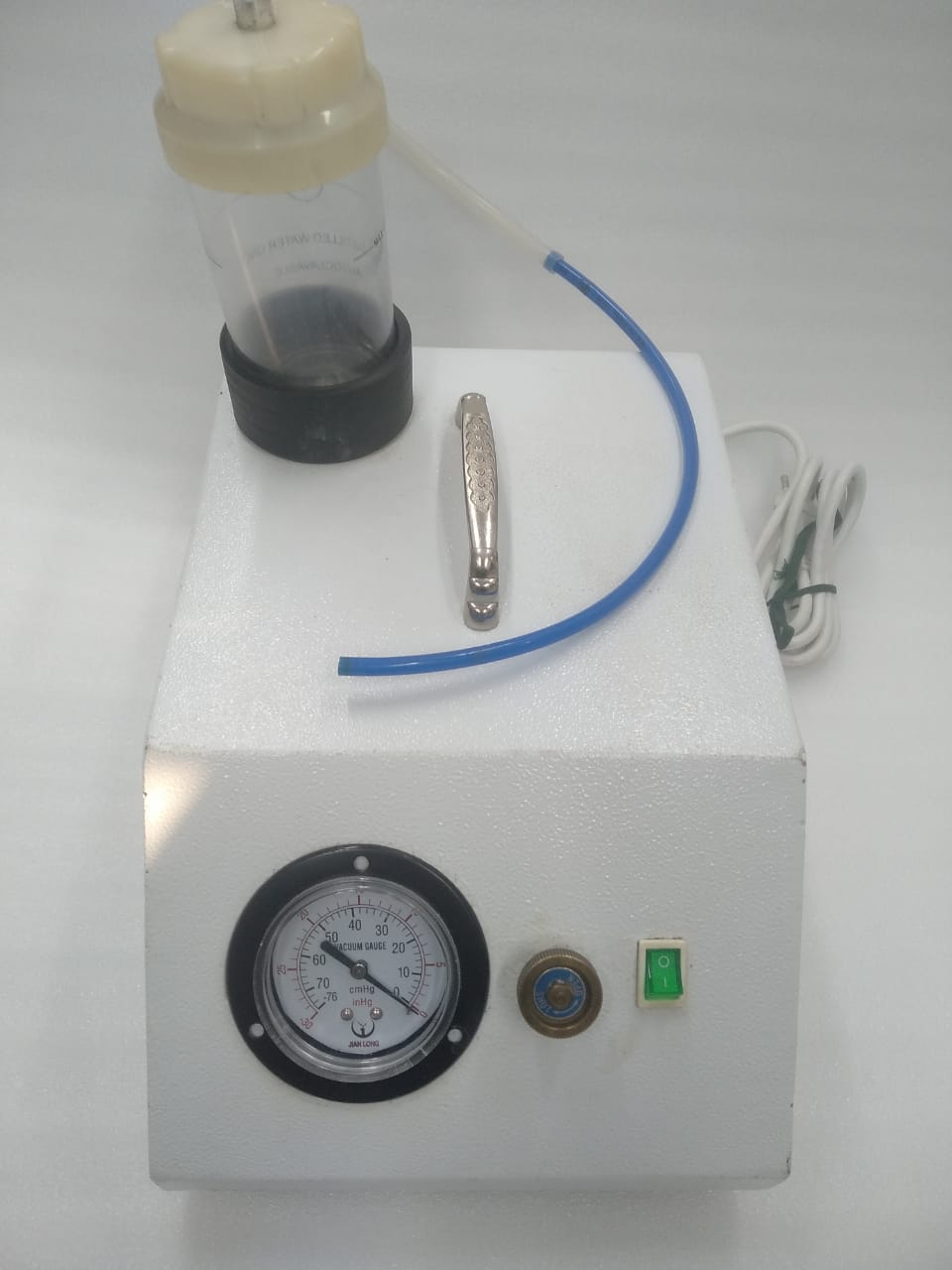
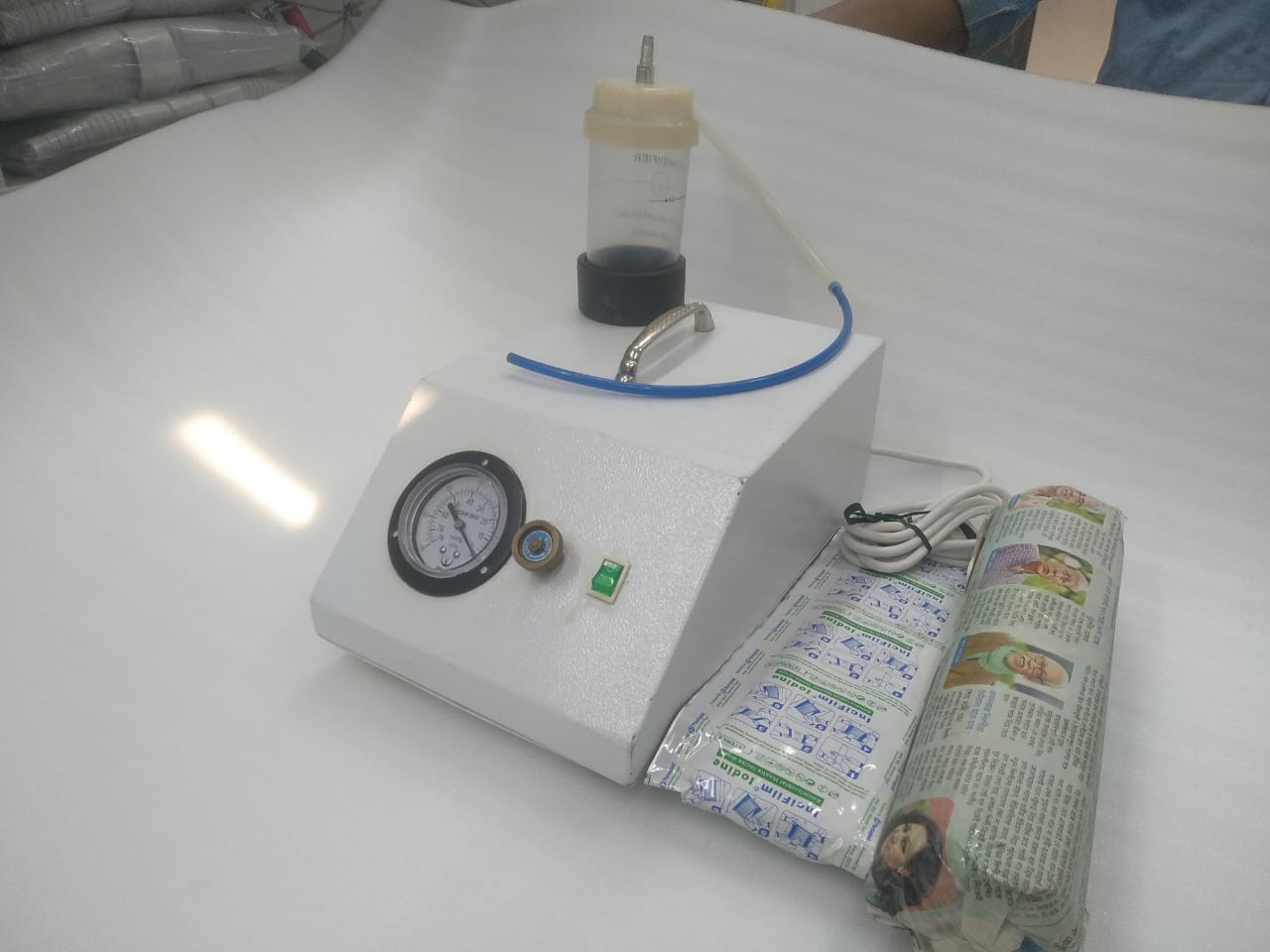
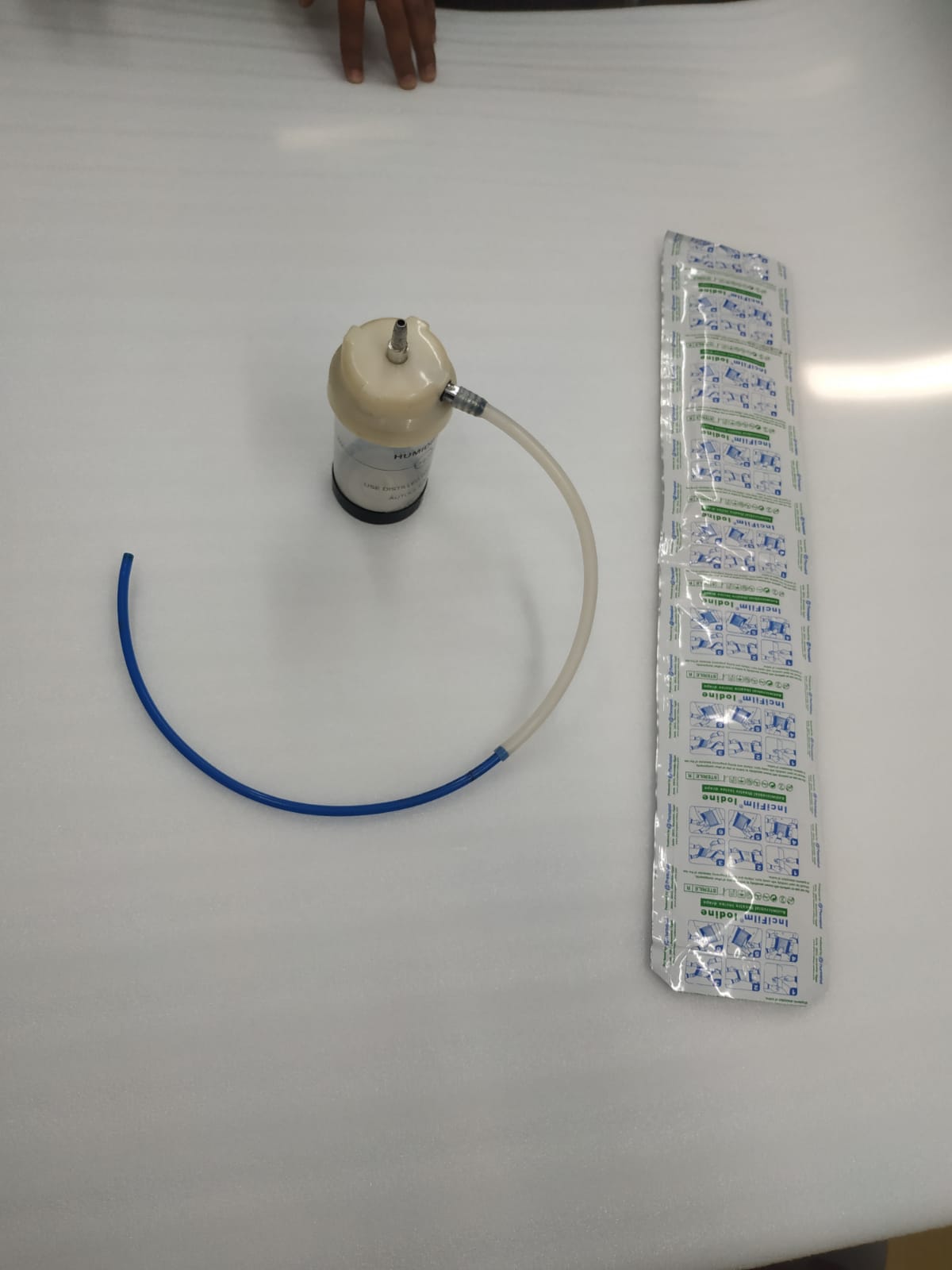
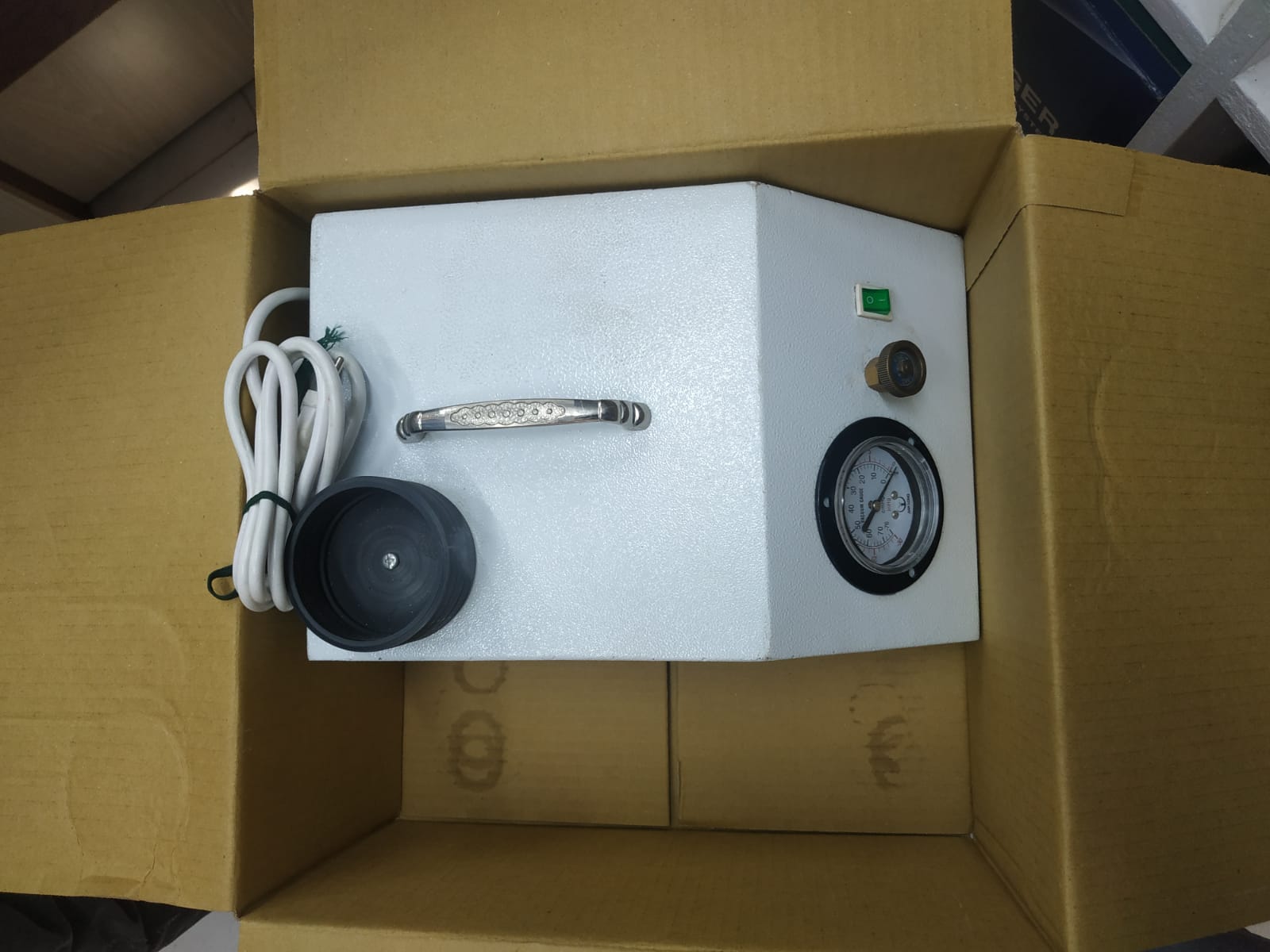
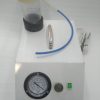
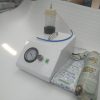
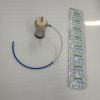
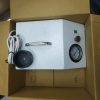

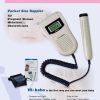
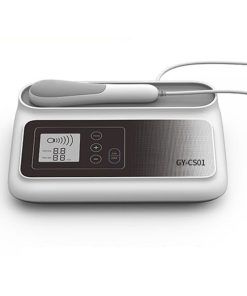
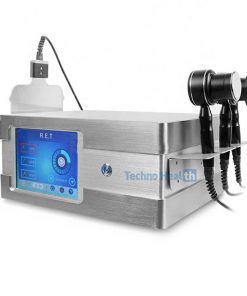
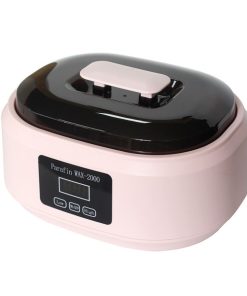
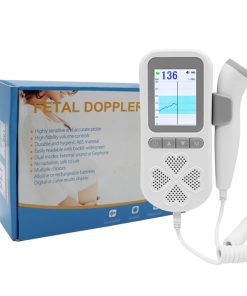
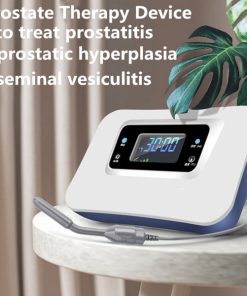
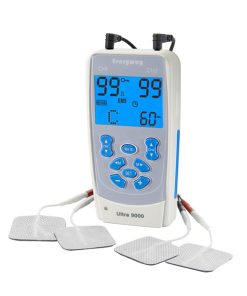
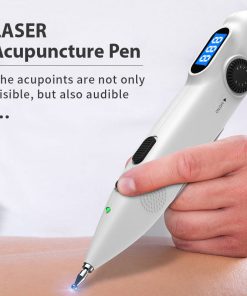
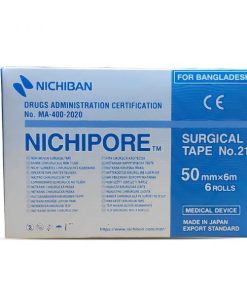
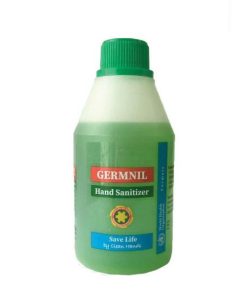
Reviews
There are no reviews yet.